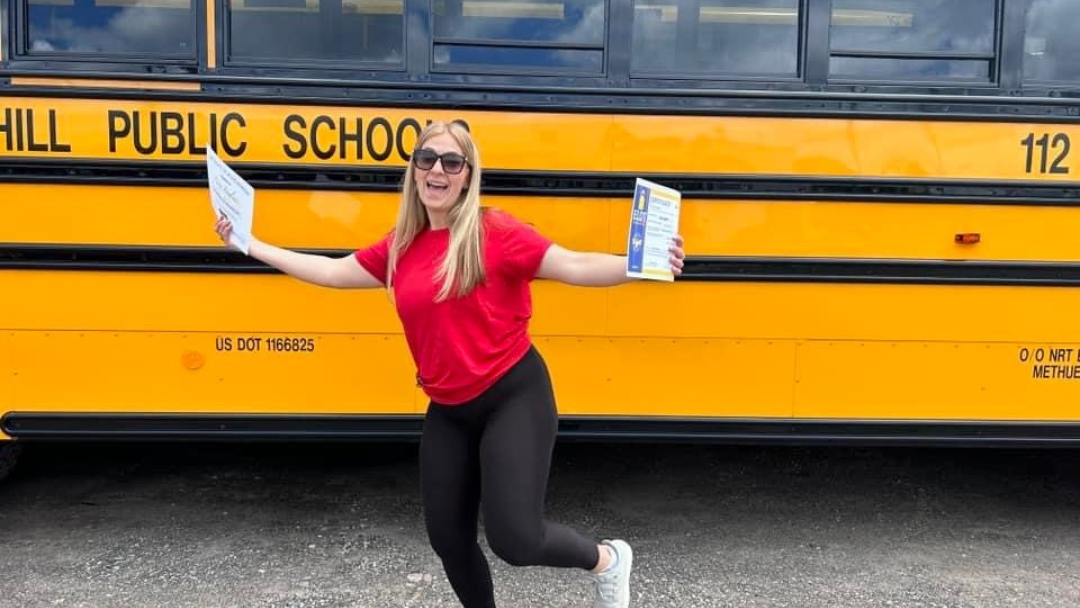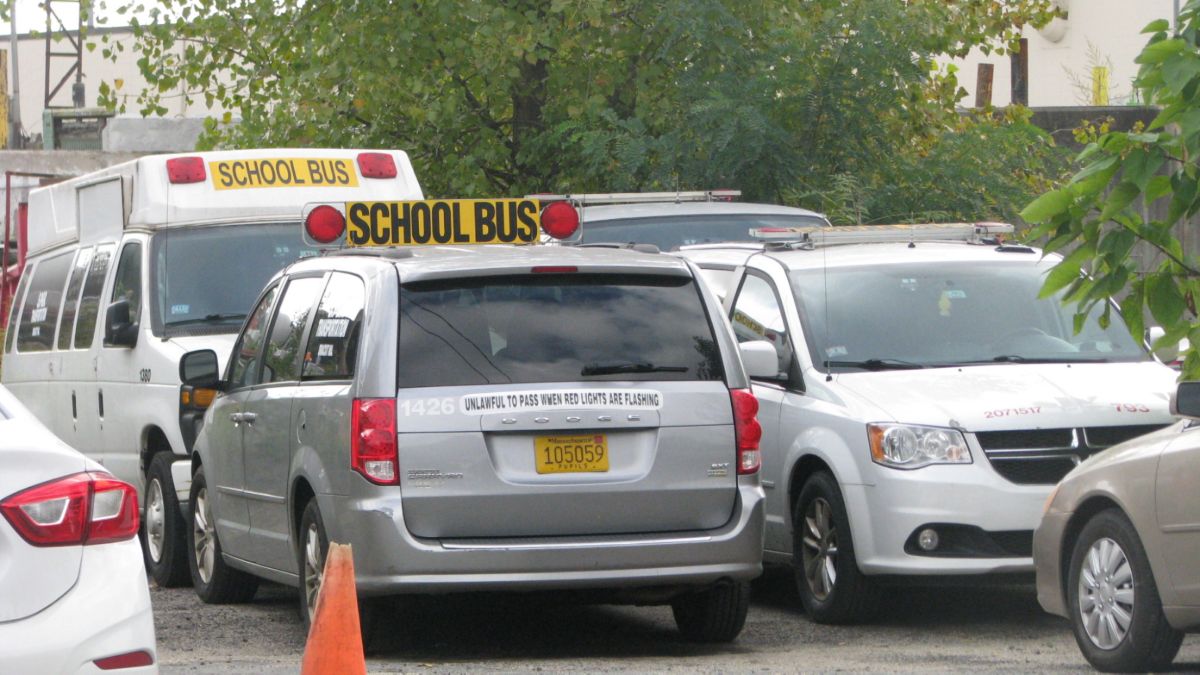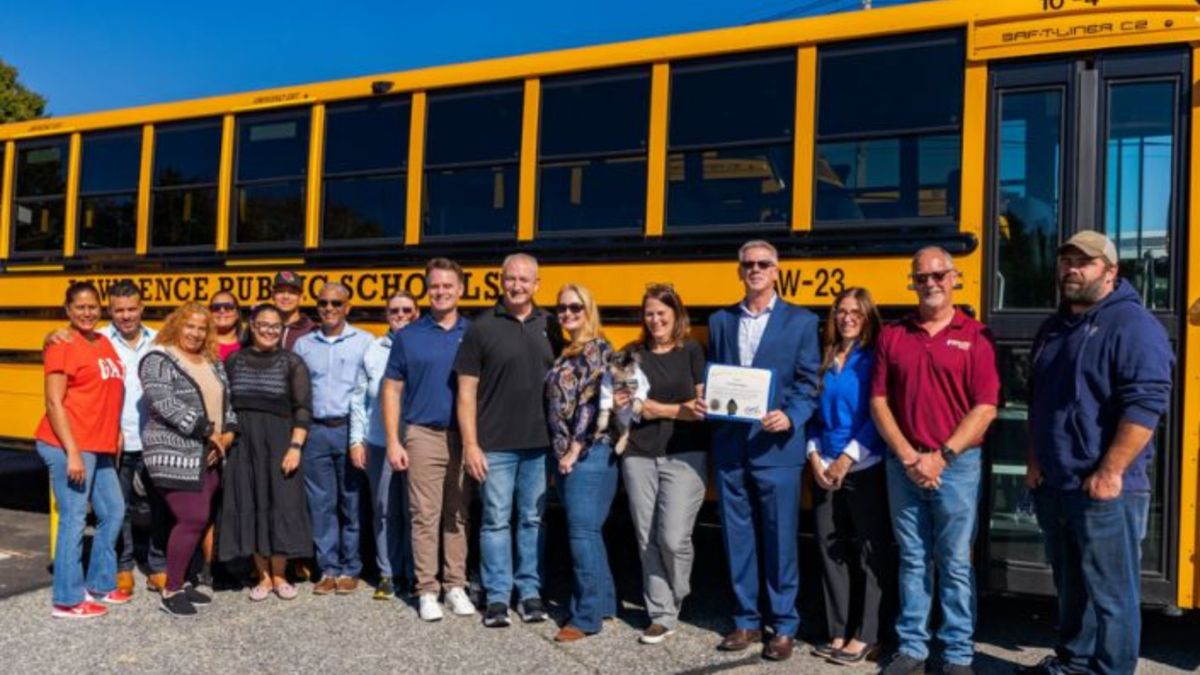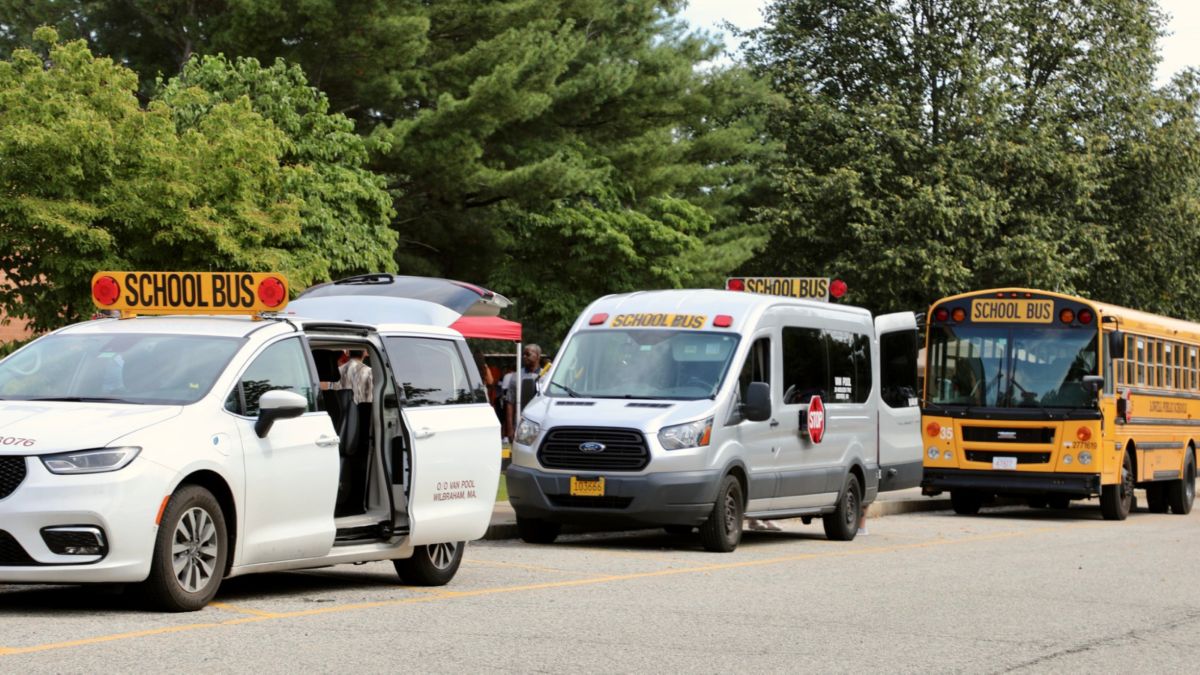Smarter Routes for a Safer School Year
For Massachusetts school districts, efficient bus routing is about much more than saving fuel. It’s about student safety, on-time arrivals, and reducing stress for families and staff. With tight budgets, rising fuel costs, and driver shortages, many districts are turning to school bus route optimization tools to balance efficiency with safety.
At NRT Bus, we work with districts across the state to plan routes that reflect the realities of New England roads and school schedules. Here’s how technology and strategy come together to make transportation smarter for MA schools.
Why Route Optimization Matters
A strong routing system ensures:
- Shorter ride times for students
- Lower costs on fuel and driver hours
- Safer travel with fewer congested stops or risky maneuvers
- Clearer communication with families
When buses run late or students spend too long in transit, it undermines trust between parents, administrators, and transportation providers. Optimization tools give planners a clearer, data-backed picture of where adjustments can be made.
GPS Tracking and Real-Time Adjustments
Modern routing software integrates with GPS tracking, giving dispatchers live visibility. This is especially useful in Massachusetts, where fall and winter weather can disrupt carefully planned schedules.
Districts that pair GPS-enabled buses with route optimization software can:
- Adjust routes in real time for accidents or detours
- Alert parents when buses are delayed
- Monitor driver performance and adherence to safety standards
Fall planning also plays a big role here. Many districts start route testing in August, and our Back-to-School Bus Readiness Checklist provides tips on combining route updates with driver refreshers and vehicle inspections.
Data-Driven Stop Selection
The placement of bus stops is one of the most important decisions for school districts. Too many stops lead to longer rides; too few can create unsafe walking conditions. Optimization tools analyze:
- Student addresses and concentrations
- Road conditions (narrow streets, cul-de-sacs, one-ways)
- Traffic patterns during peak hours
- Distance guidelines for elementary vs. high school riders
In Massachusetts towns where old neighborhoods meet new developments, tools that map precise stop locations can prevent bottlenecks and reduce risk.
Integration with Safety Protocols
Efficiency cannot come at the cost of safety. Route optimization software should align with federal and state school bus safety guidance, like those from the DESE.
Features that strengthen safety include:
- Limiting left turns on high-traffic roads
- Designing stops away from blind curves
- Ensuring ADA compliance for students with mobility needs
- Coordinating with school staff for smooth loading zones
For best results, routing teams should run safety audits after routes are created to confirm they match both federal standards and local district policies.
Planning for Special Events and Field Trips
Not every school trip follows the daily route pattern. Sports games, band competitions, and class field trips all require flexible transportation planning.
That’s where optimization tools shine—they allow transportation coordinators to layer in special-event trips without disrupting daily schedules. Our recent blog on late-summer sports travel logistics shows how careful coordination between schools and transportation providers keeps extracurricular travel efficient and safe.
By using routing tools, districts can reduce conflicts, avoid double-booking drivers, and plan smarter load/unload zones for large events.
Training and Support for Staff
Technology is only as good as the people who use it. Drivers, dispatchers, and school staff need training to fully benefit from routing tools. This includes:
- Dispatcher workshops on using optimization dashboards
- Driver refreshers on adjusted routes and safety features
- Regular reviews to incorporate feedback from parents and students
Professional training also aligns with National Highway Traffic Safety Administration school bus safety resources (NHTSA), which emphasize driver readiness and clear communication as key safety pillars.
Budget Benefits of Optimization
District budgets are under constant pressure. Investing in route optimization tools can pay off in measurable ways:
- Reduced mileage and fuel costs
- Lower overtime expenses for drivers
- Optimized fleet size (using the right bus for the right route)
- Data-driven funding appeals when applying for state reimbursement
When paired with experienced providers like NRT Bus, technology can help Massachusetts districts stretch every transportation dollar while keeping safety at the forefront.
Looking Ahead: Future of Routing
Emerging technologies promise even greater improvements for Massachusetts schools, including:
- AI-powered forecasting that adapts to traffic and weather conditions
- Electric school bus integration into optimized routes
- Parent-facing apps with real-time bus arrival notifications
Districts that start with strong optimization practices today will be ready to adopt these advances smoothly in the years ahead.
Conclusion: Smarter Routes, Safer Students
For Massachusetts school districts, school bus route optimization tools are more than a convenience—they’re essential for keeping students safe, parents informed, and budgets in line.
By combining GPS tracking, safety audits, and staff training with modern routing technology, districts can build transportation systems that are reliable, efficient, and future-ready.
At NRT Bus, we partner with schools to deliver those results every day. Whether it’s fall route planning, special event logistics, or year-round optimization, we’re here to help you move students safely and on time.







